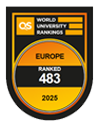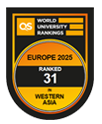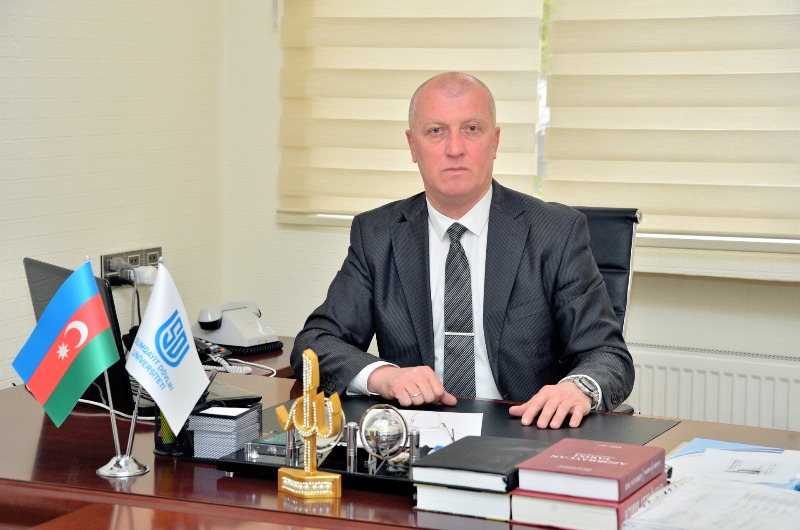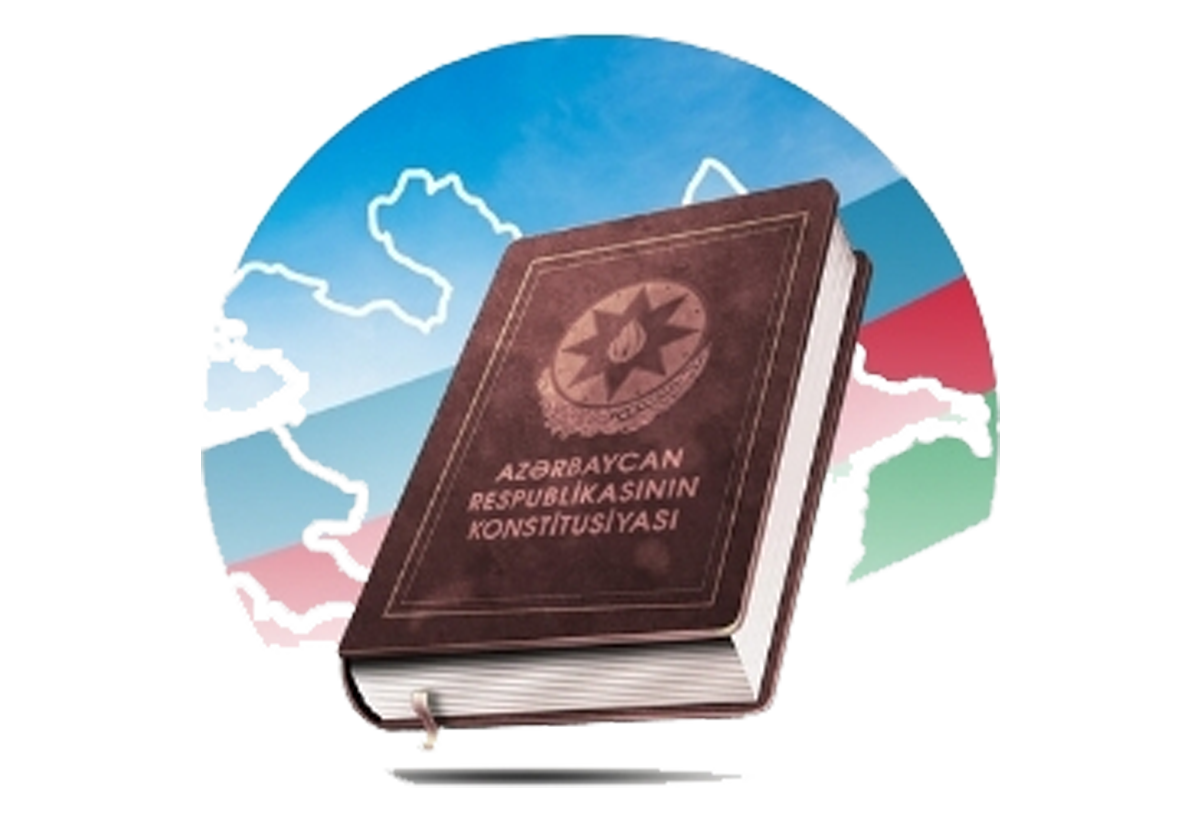THE MARCH GENOCIDE OF 1918 IS A BLOODY PAGE IN THE AZERBAIJAN HISTORY
For 25 years, our people have been celebrating March 31 as the Genocide Day of Azerbaijanis by the Decree of National Leader Heydar Aliyev dated March 26, 1998.
The 20th century ended as a century of tragedies, massacres and genocides for our people. With the participation of Russian-Bolshevik, Armenian-Dashnak military units, our people were subjected to repressions, genocide, deportations five times (1905-1906, 1918-1920, 1930-1936, 1948-1955, 1988-1993).
"Dashnaksutyun" terrorist organization, the Armenian nationalists and Christian brothers with the support of the Russians wanted every process to work in their favor to realize the dream of "great Armenia" at the expense of Turkish-Azerbaijani lands with the support of Russians. Such conditions created a bourgeois revolution in Russia in February 1917, and a coup d"état in October. "The Russian revolution took place in February 1917. Unexpectedly, new perspectives opened before us. It is as if the Armenian issue entered a new era with the February revolution."
In March 1918, there were thousands of Russian and Armenian soldiers in Baku who had returned from the Caucasian front and had to go home. 75 percent of that 12 thousand army consisted of Armenians. In addition, 7 thousand Armenian soldiers and officers were brought to Baku from different places. Thus, the military force gathered by Shaumyan and Dashnaks in Baku to carry out the policy of terror and genocide against Azerbaijanis reached about 20 thousand people.
In March 1918, the socio-political situation in Baku was extremely tense. The confident struggle of "Musavat", which has become the most powerful political party in the South Caucasus, for the territorial autonomy and political power of Azerbaijan seriously worried the Baku Soviet, led by Shaumyan. They tried to weaken the social base of the "Musavat" party by committing a national massacre and to suppress the Azerbaijani national movement. In January, the arrest of the commander of the Muslim corps in Baku general Talishynsky seriously worried the Azerbaijani population of the city. The Armenian Dashnaks wanted to create an armed conflict between the Muslim population of the city and the Bolsheviks. However, this conflict was prevented by the efforts of political figures and intellectuals of Azerbaijan. Despite this, Armenian nationalists propagated hatred against the local population among Russian soldiers and tried to prevent national reconciliation by all means. On March 15, at the meeting of the Baku Soviet Shaumyan said: "The Baku Soviet should become the main stronghold of the civil war in the South Caucasus," and actually ordered to start the genocide of Azerbaijanis. The pretext for starting the national massacre was the disarmament of the "Evelina" ship, whose crew consisted of Muslims, on March 24. The population in the neighborhoods where Azerbaijanis live objected to this and demanded the return of the confiscated weapons. Although M.A. Rasulzade reached an agreement on the return of the purchased weapons through the "Hummat" organization, the Bolshevik-Dashnak government did not keep their promises. On March 30, the Revolutionary Defense Committee of the Baku Soviet was formed to lead the fighting. The Armenian Bolshevik-Dashnak union started holding rallies and meetings against Azerbaijanis from different parts of Baku. On the eve of the massacre, the "Dashnaksutyun" party and the Armenian National Council defended the Baku Soviet. On March 30, at 4:40 p.m., a group of Dashnaks gathered near the Armenian church and fired the first shot at the Muslims. Early in the morning on March 31, Bolshevik-Dashnak groups attacked "Karpickhana", "Mammadli" and other neighborhoods where Azerbaijanis live. Airplanes from the air and warships from the sea started bombing those neighborhoods. The Armenians allegedly convinced the Russian sailors that the Azerbaijanis killed the Russians in the Old Town. After the sailors sent a representative and learned that it was a provocation, they stopped firing. The Muslims, who suffered genocide in an unequal battle, stopped resisting on March 31. Armenian nationalists attacked the peaceful Muslim population of the city. The people of the neighborhoods where Azerbaijanis lived were put to the sword.
Nariman Narimanov wrote: "Even if a Muslim was a Bolshevik, they did not spare him." The Dashnaks used to say: "We don"t know any Bolsheviks, just being a Muslim is enough. They killed anyone they wanted, destroyed houses, and left them in ruins. Not only men, but also pregnant women were spared."
After accepting the ultimatum of the Azerbaijanis, the Revolutionary Defense Committee ordered the cessation of hostilities. However, the genocide of Muslims continued long after the night of April 2. Bolshevik-Dashnak units destroyed and burned public buildings, schools, cultural centers belonging to Azerbaijanis. They burned the "Kaspi" printing house, the editorial office of the "Achiq Soz" newspaper, the "Ismailiyya" building, and pierced the minarets of the "Taza Pir" mosque with cannonballs. As a result of the March genocide, 17 thousand Azerbaijanis were killed in Baku alone. The brutality of the Armenians reached such a level that women were forced to dance under a zourna on the dead bodies of thousands of Azerbaijanis who were killed in one of the central streets of Baku, at the site of the current Literary Museum named after N. Ganjavi and then they tortured.
The brutalities of the Bolshevik-Dashnak formations were not limited to Baku. They continued the genocide in Shamakhi, Guba, Kurdamir, Salyan and Lankaran districts. The Dashnak gangs of S. Lalayan and T. Amiryan killed the population of Shamakhi from April 3 to 16. According to the calculations made on the figures in the acts signed by the members of the Extraordinary Investigative Commission and confirmed with a seal, Armenians killed 8027 Azerbaijanis in 53 villages of Shamakhi district, of which 4190 were men, 2560 were women and 1277 were children. S. Shaumyan saved S. Lalayan from being arrested for the crime he committed. Amazaps, the commander of the Dashnak detachment sent to Guba in April, stated that "I am the hero of the Armenian people and its defender!" I came here to establish order and protect Soviet power. I was ordered to destroy all Muslims in the area from the Caspian Sea to Shahdag."
Dashnak gangs led by him burned 122 villages of Guba province. Armenian nationalists also committed terrible tragedies in Kurdamir, Salyan and Lankaran accidents. More than 20 thousand Azerbaijanis were killed during this genocide.
Armenians managed to build their state on the tragedy of Azerbaijanis. These massacres and genocides committed by them in the 20th century are the result of the hostile attitude of Shaumyan, Lenin, Mikoyan, Stalin, Gorbachev and others to Azerbaijanis. These genocides should be more extensively researched and studied by historians in the period of our independence today and should be told to the peoples of the world.
Vice-rector for Social affairs and public relations of Sumgayit State
University associate professor Elmar Khalilov Shirinbala



